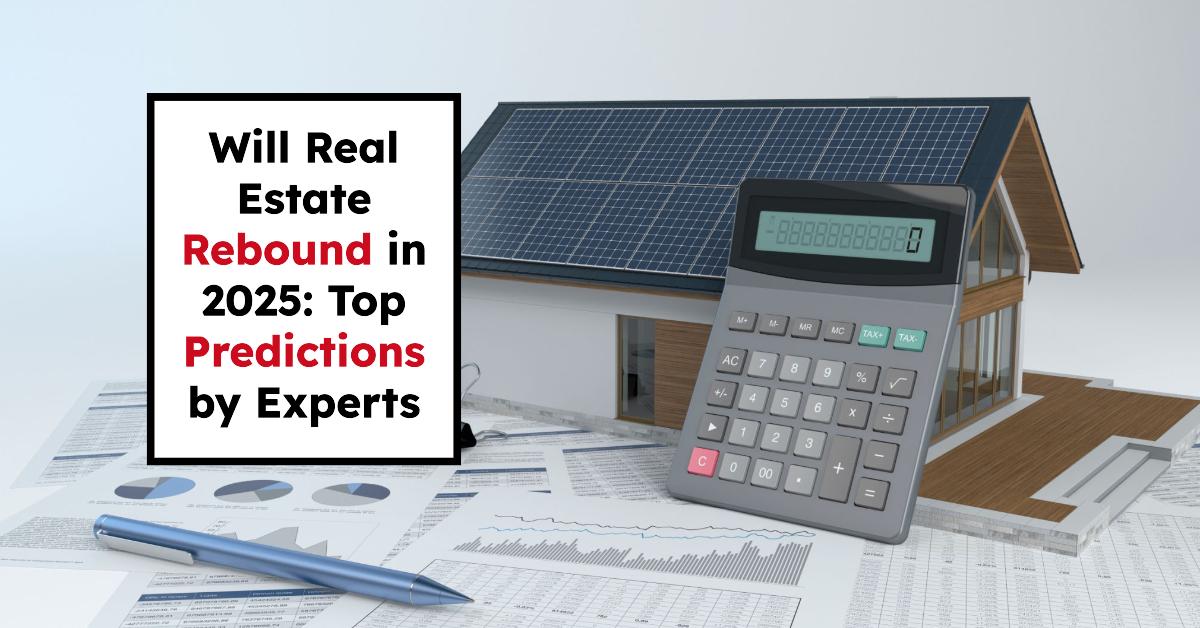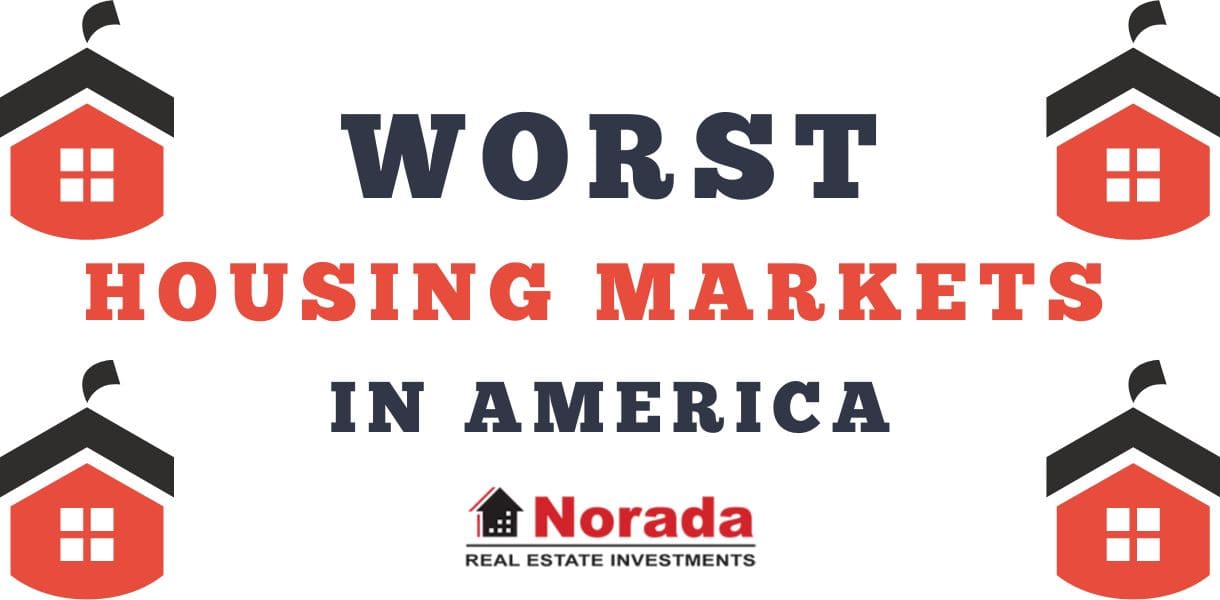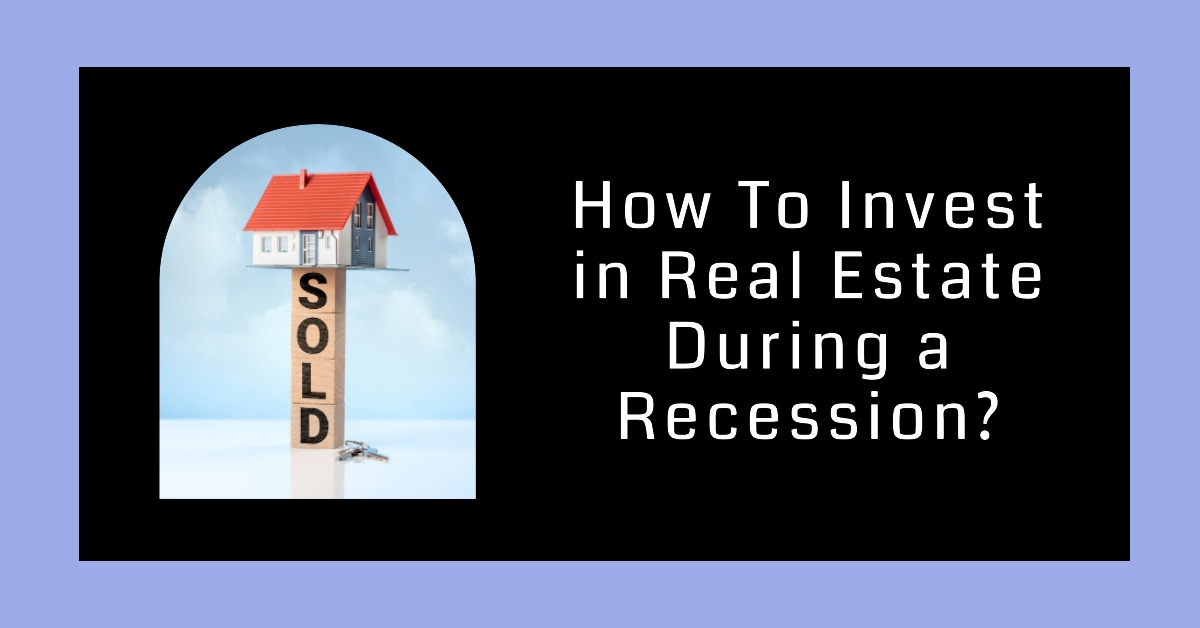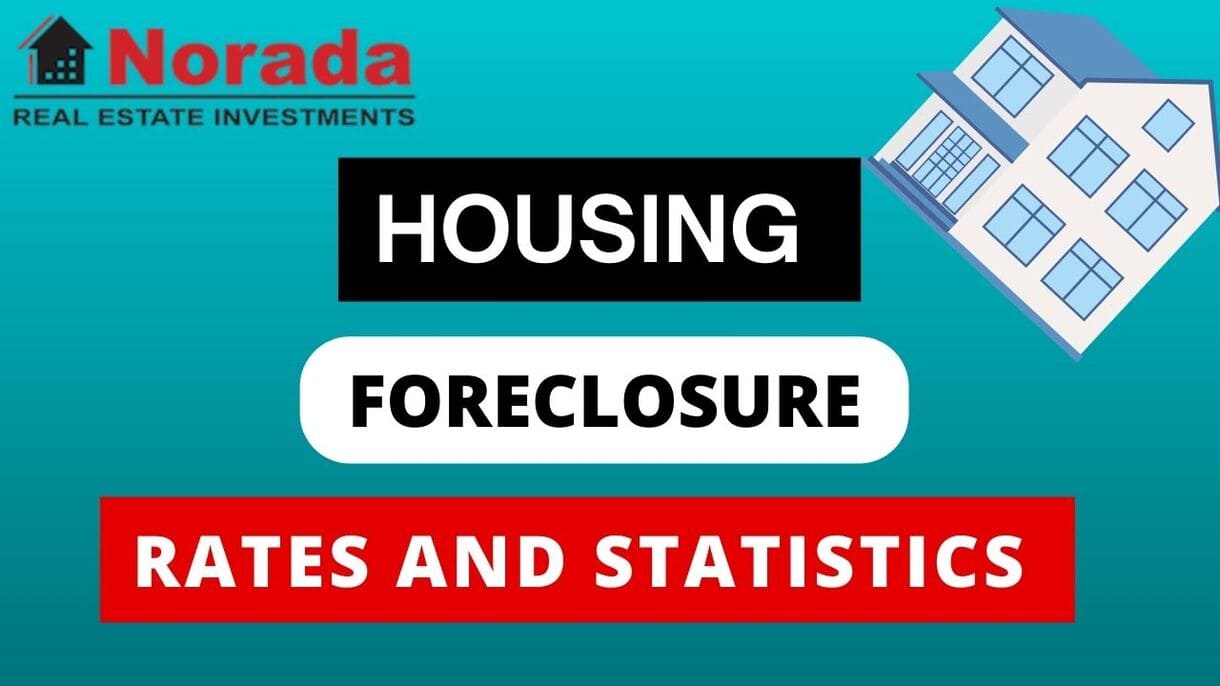Will real estate rebound in 2025? This question is echoing throughout the industry as homebuyers, investors, and analysts attempt to gauge the future of the housing market. The forecast from several reputable sources, notably the National Association of Realtors (NAR) and Realtor.com, suggests a potential rebound in the real estate sector. However, prospective changes shouldn’t overshadow the very real challenges that still loom over the market. As we delve into what the experts predict, including sales volume, mortgage rates, and price appreciation, let’s set a clearer understanding of the factors at play.
Will Real Estate Rebound in 2025: Top Predictions by Experts
Key Takeaways
- Predicted Increase in Home Sales: NAR forecasts a 9% increase in home sales in 2025.
- Stabilizing Mortgage Rates: Rates are projected to hover around 6%.
- Estimated Home Price Growth: Realtor.com anticipates a 3.7% rise in home prices.
- Increased Housing Inventory: A significant 11.7% increase in available homes is expected.
- Economic Influences: Overall economic growth will play a vital role in shaping market dynamics.
The Stage: Understanding the Predictions
Entering the discussion about the 2025 real estate outlook requires a clear grasp of recent history. The previous year, 2024, was marked by significant challenges, including rising inflation, fluctuating mortgage rates, and a persistent inventory shortage. These elements combined to create a distinctly complicated environment for both buyers and sellers.
NAR's Chief Economist, Lawrence Yun, emphasizes a potential end to the struggles seen in 2024, where the market dropped to volumes common in previous recessions. Yun posits that perhaps, “the worst is coming to an end.” This sentiment, while optimistic, invites scrutiny given last year's overly hopeful forecasts that led to disappointment.
Diving Deep into the NAR's Forecasts
The NAR's predictions suggest a rebound supercharged by stabilizing mortgage rates and increasing sales volume. They anticipate a 9% increase in home sales for 2025, recovering from a particularly sluggish period. Importantly, they predict new home sales to rise 11% in 2025 and 8% in 2026. Additionally, median home prices are forecast to increase by 2% in each of those years.
This outlook hinges on several key factors, particularly the stabilization of mortgage rates, which Reagan-era policies may influence. The sentiment from the NAR is one of cautious optimism, indicating that buyers may find more favorable conditions to return to the market. However, it is essential to consider the historical accuracy of such forecasts and remain aware of the ongoing economic fluctuations that could derail these predictions.
Mortgage Rates: Stability or Continued Highs?
Mortgage rates are a cornerstone of real estate dynamics. Yun suggests that mortgage rates could stabilize around 6% after reaching peaks above 7% throughout 2024. He notes that if we shift back to such a baseline, it could lead many fence-sitters to act. However, the reality may not align perfectly with these forecasts. Various economic experts warn that rates might stabilize between 6.5% and 7.5%, continuing the pressures faced by many potential homebuyers.
At the same time, current rate trends illustrate that while the Federal Reserve has attempt to influence the market, longer-term rates like mortgages are more closely tied to the yields on the 10-year Treasury notes. Factors influencing these yields—such as inflation, governmental spending, and market sentiment—indicate a combined apprehension towards inflation that could sustain and even increase borrowing costs in the future. Thus, if these rates remain high, affordability will shrink, further complicating sales growth.
Home Prices: A Closer Look at Trends
Turning to home prices, both NAR and Realtor.com have predictions that touch on different aspects of market potential. NAR’s forecast includes stable home price growth, with median prices expected to rise 2% year-over-year through 2026. This is in line with Realtor.com's predictions, which estimates home prices will grow by 3.7% in 2025.
Yet, one must acknowledge the undercurrents that might lead to price depreciation in some markets. The principal factor influencing home prices is the classic law of supply and demand. The anticipated 11.7% increase in for-sale inventory, which is informative compared to stagnation in previous years, could pressure prices downward if demand fails to keep pace. Indeed, a potential surplus of available homes might lead to competitive pricing among sellers, impacting overall price stability.
Furthermore, examining historical data can provide insight into how market swings occur. The preceding years saw an extraordinary spike in home prices linked to an inventory crunch that limited options for buyers. However, as inventory begins to accumulate, particularly in areas where new construction is ramping up, the disparity between supply and demand could shift, prompting older models of price growth to falter.
Sales Volumes and Market Activity
Turning our attention to sales volume forecasts, NAR appears optimistic about projected increases. However, various analysts voice concern regarding the true potential for surges in sales amid high mortgage rates and growing costs of homeownership—elements including property insurance, property taxes, and maintenance. Realtor.com’s data reflects cautious expectations as well; while sales are expected to slightly improve, the 1.5% growth anticipated for existing home sales pushes against the reality of high borrowing costs which restrict purchasing power.
During times of high mortgage rates, buyers frequently weigh their options carefully or delay purchases altogether, leading to stagnated sales volume—what some refer to as the “lock-in effect.” Many homeowners hesitate to sell their existing homes with lower mortgage rates for fear of losing favorable loan conditions in the current market. As a consequence, fewer listings may translate to fewer sales, perpetuating the stagnancy that has defined the recent market.
The inventory levels will also influence market activity. As noted by Realtor.com, the anticipated increase in inventory of available homes will create more options for buyers, thereby sparking activity during peak seasons. Historically, periods of higher inventory often correlate with increased buyer interest, particularly in the summer months. Yet, skepticism remains over whether this activity will suffice to counterbalance the impact of sustained high mortgage rates.
The Economic Influence
Looking at the broader economic environment, new policies from the federal government could shape the housing market moving forward. Specifically, possible economic growth under a second Trump administration might influence income growth and taxation, both crucial in determining affordability. While speculation abounds regarding the ramifications of such changes, including reductions in income tax rates, the outcomes are unpredictable and can create significant variability in household income management.
Realtor.com’s forecast touches on an essential aspect of affordability, emphasizing how changes in income dynamics could better position buyers. If buyers indeed see increased disposable income, even amid increasing prices, some of the pressure on affordability could be alleviated, allowing the rest of the housing market to stabilize.
Wrap-Up of the Predictions
To summarize the multiple predictions about the real estate landscape, we see a juxtaposition between cautious optimism and ongoing struggles. The market may potentially see a 9% increase in home sales and a 3.7% price increase, but underlying economic volatility could undermine such forecasts. Indeed, whether or not it rebounds in a meaningful way will depend on several intertwined factors: the true trajectory of mortgage rates, the availability of homes for sale, and broader economic conditions.
While the NAR and Realtor.com's predictions offer a glimpse into potential growth, true market recovery will require tangible conditions that support both buyer enthusiasm and economic stability. As seen historically, every prediction is inherently linked to countless variables, thus necessitating a vigilant and informed approach as we transition into 2025.
A Unique Perspective and Concluding Remarks
Drawing from personal experience in the real estate market as an active lender and property owner, my observations suggest that while optimism is always helpful, we must also remain rooted in reality. The delicate balance between hope and caution reflects the multifaceted nature of the housing market. Undoubtedly, personal circumstances—changes in jobs, family dynamics, and individual finances—will continue to prompt movement in the housing market regardless of broader trends.
Thus, as we look toward 2025, understanding the dynamics at play becomes essential. Buyers and investors must stay informed, weigh their options, and navigate the market with a blend of timely data and personal insights.
Work with Norada, Your Trusted Source for
Turnkey Real Estate Investing
Discover high-quality, ready-to-rent properties designed to deliver consistent returns.
Contact us today to expand your real estate portfolio with confidence.
Contact our investment counselors (No Obligation):
(800) 611-3060
Recommended Read:
- When Will It Be a Buyers Market: Forecast for 2025-2026
- Housing Market Predictions for the Next 4 Years: 2025 to 2028
- Housing Market Forecast for the Next 2 Years
- Housing Market Predictions for Next Year: Prices to Rise by 4.4%
- Housing Market Predictions for 2025 and 2026 by NAR Chief
- Real Estate Forecast Next 5 Years: Top 5 Predictions for Future
- Is the Housing Market on the Brink: Crash or Boom?
- 2008 Forecaster Warns: Housing Market Needs This to Survive
- Real Estate Forecast Next 10 Years: Will Prices Skyrocket?
- Housing Market Predictions for Next 5 Years (2025-2029)





